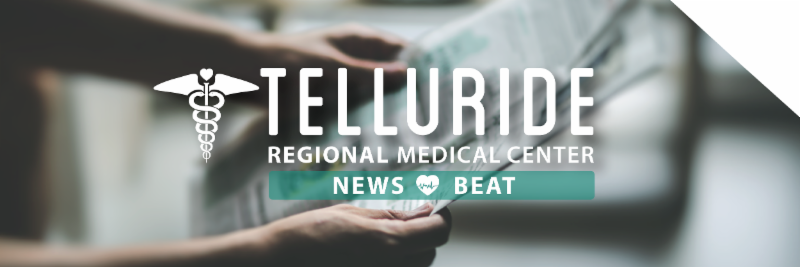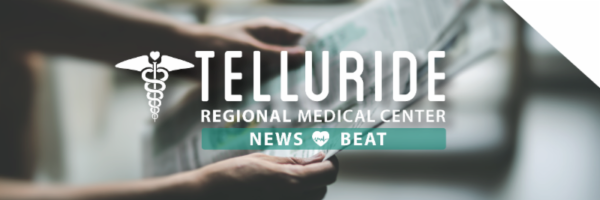
28 May Telluride Med Center: Wildfire Smoke, What to Do
The Telluride Regional Medical Center has issued recommendations regarding the active wildfire 40 air miles west of Telluride that is presently producing smoke throughout the region.

Wildfire smoke is a mixture of gasses and fine particles from burning trees and the plant materials. Smoke can hurt eyes, irritate respiratory systems and worsen chronic heart and lung diseases.
Those with underlying health problems like asthma, emphysema, heart disease and the very young and the very old are most at risk of having adverse effects related to smoke in the air.
“Even if you can’t smell smoke, there can still be particulate matter in the air that can affect your respiratory status,” said Dr. Diana Koelliker, Medical Director of Emergency & Trauma Services.
According to Dr. Koelliker, nasal congestion, itchy eyes or nose, sneezing and coughing can be helped by taking allergy medications. If you have underlying lung disease, like asthma or COPD, you may need to use your rescue medications (like an albuterol inhaler) more often if you are having symptoms like wheezing.
The Telluride Regional Medical Center recommends limiting exposure to the outdoors for those with asthma or another lung disease.
The clinic is also reminding residents to be sure to follow the advice of their physicians regarding medicines and respiratory management plans.
According to The Centers for Disease Control and Prevention, dust masks aren’t effective for protection from fire smoke. The best action to take is to keep indoor air as clean as possible by keeping windows and doors closed, especially if you are affected by the smoke.
More about the Telluride Medical Center:
Telluride Regional Medical Center provides the highest quality, comprehensive Primary Care and exceptional Emergency / Trauma Services. Since 1978 the medical center has evolved, wherever possible, right along with complex healthcare technologies and population growth while remaining within the 10,000-square-foot remodeled building, built in the 1960s.
Currently the Telluride Hospital District is working to secure a site for a new facility to serve the needs of the region today, tomorrow and fifty years into the future.


Sorry, the comment form is closed at this time.